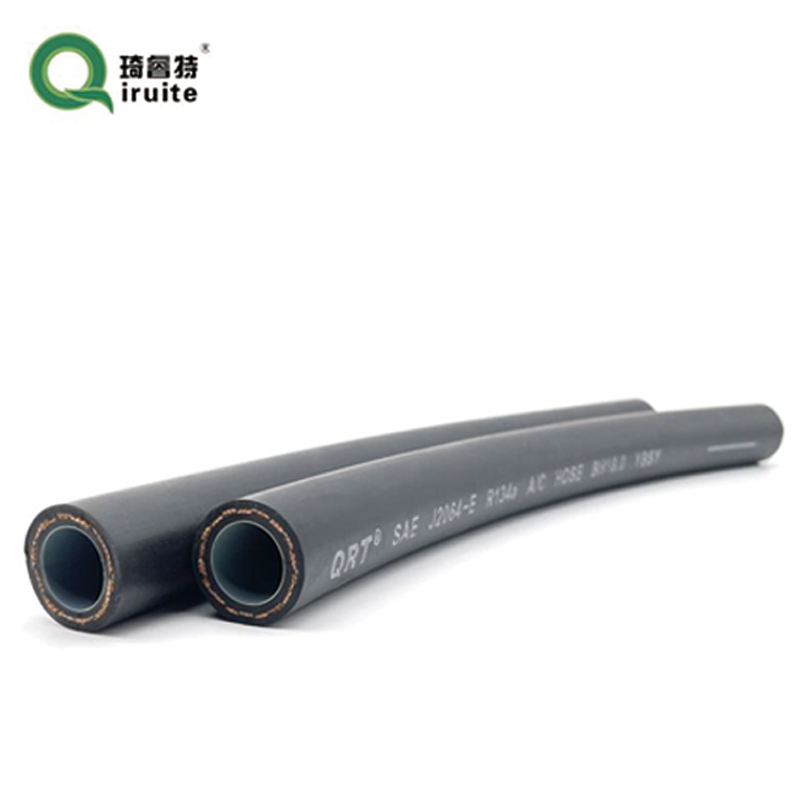Automotive Air Conditioning Hose and Fitting Solutions for Efficient Cooling Systems
Automotive Air Conditioning Hoses and Fittings Essential Components for a Functional AC System
Automotive air conditioning systems are indispensable for ensuring comfort during drives, particularly in warmer climates. One of the critical elements of these systems is the network of hoses and fittings that transport refrigerant between various components, such as the compressor, condenser, evaporator, and accumulator. Understanding the role of these components is key to maintaining an efficient and reliable AC system.
Hoses in Automotive AC Systems
Hoses are integral to the operation of the air conditioning system. They are designed to carry refrigerant under high pressure and should withstand extreme temperatures. Typically, automotive AC hoses are made of durable materials like rubber, which is often reinforced with nylon or other synthetic fibers to enhance strength and longevity.
There are generally two types of hoses in an AC system high-pressure and low-pressure hoses. High-pressure hoses transport refrigerant from the compressor to the condenser, where it is cooled and transformed from a gas to a liquid. On the other hand, low-pressure hoses carry the refrigerant from the evaporator back to the compressor. Ensuring these hoses are in good condition is vital because any leaks can lead to a decrease in system efficiency and ultimately a complete AC failure.
Fittings The Connective Tissue
automotive air conditioning hoses and fittings

Fittings play a crucial role in connecting hoses to various system components. They ensure a tight seal at every junction, preventing leaks, which can compromise the pressure and efficiency of the system. Typically made from metals like aluminum or brass, the design of these fittings includes O-rings or gaskets that further guarantee a leak-proof connection.
Proper installation of fittings is critical. Over-tightening can damage the fittings or the hoses themselves, while under-tightening can lead to refrigerant leaks. Therefore, it is essential to follow manufacturer specifications when connecting or replacing these components.
Maintenance and Replacement Issues
Regular maintenance of automotive air conditioning hoses and fittings is necessary to ensure continuous system performance. Visual inspections for signs of wear, like cracks or abrasions, should be conducted regularly. It's also crucial to check for any signs of refrigerant leaks, which can sometimes be detected by a distinct odor or by using dye and UV light.
If any components are found to be defective, replacing them promptly is essential. Utilizing high-quality replacement parts that meet or exceed OEM specifications can make a significant difference in the performance and longevity of an AC system.
In conclusion, automotive air conditioning hoses and fittings are more than mere connectors in a mechanical system; they are fundamental to the overall functionality of the AC unit. Proper understanding, maintenance, and timely replacement of these components can lead to a more efficient and long-lasting automotive air conditioning system, ultimately enhancing the driving experience.
-
Reliable Brake Line Solutions for Your VehicleNewsJun.05,2025
-
Quick Fix for Leaky Air Conditioning HosesNewsJun.05,2025
-
Powerful Sewer Jetting Solutions for Tough ClogsNewsJun.05,2025
-
Power Steering Hose Problems SolvedNewsJun.05,2025
-
Hose Protectors That Actually WorkNewsJun.05,2025
-
Essential Hose Connectors for Every HomeNewsJun.05,2025

